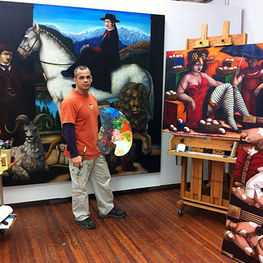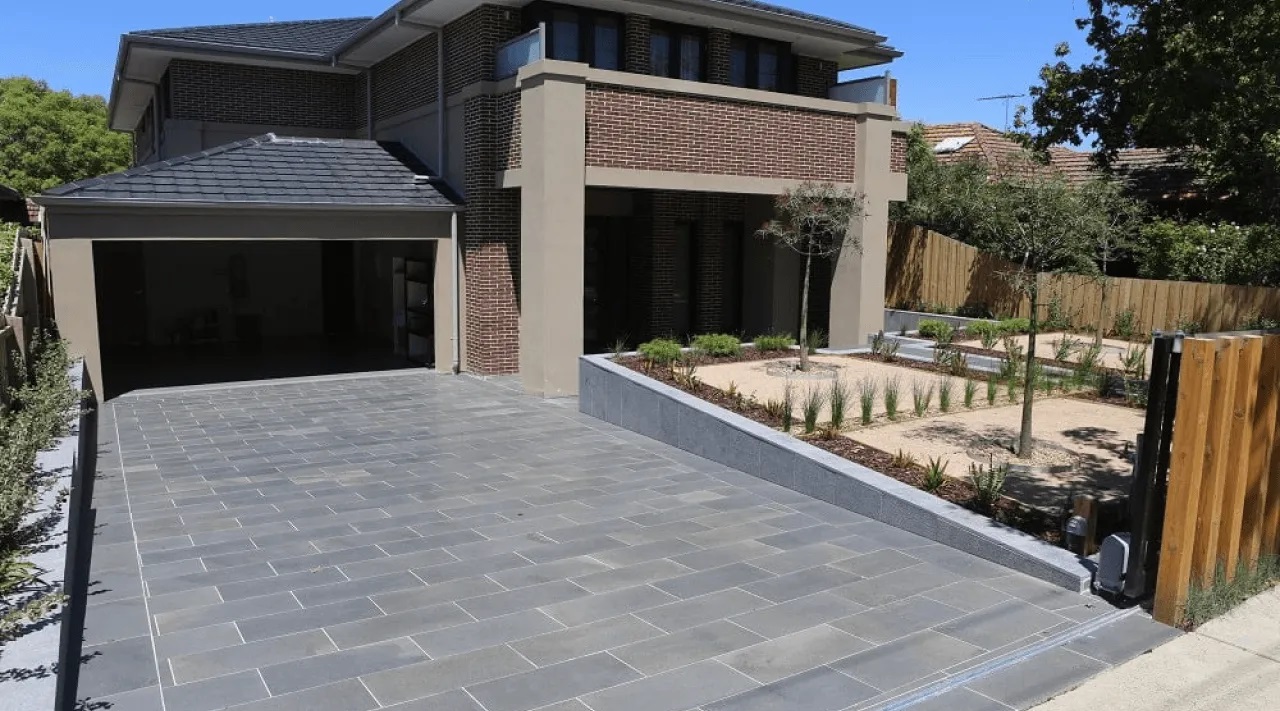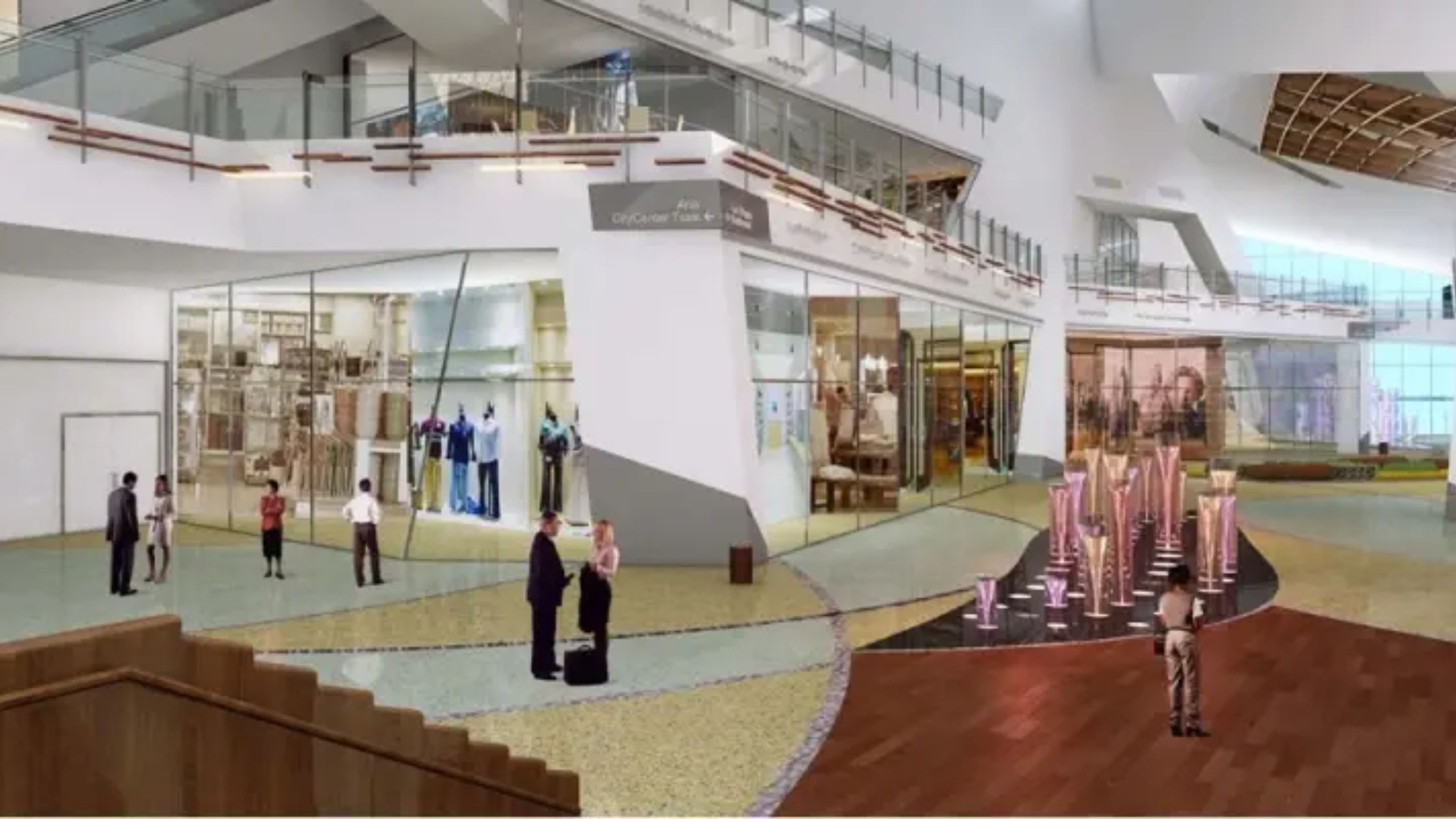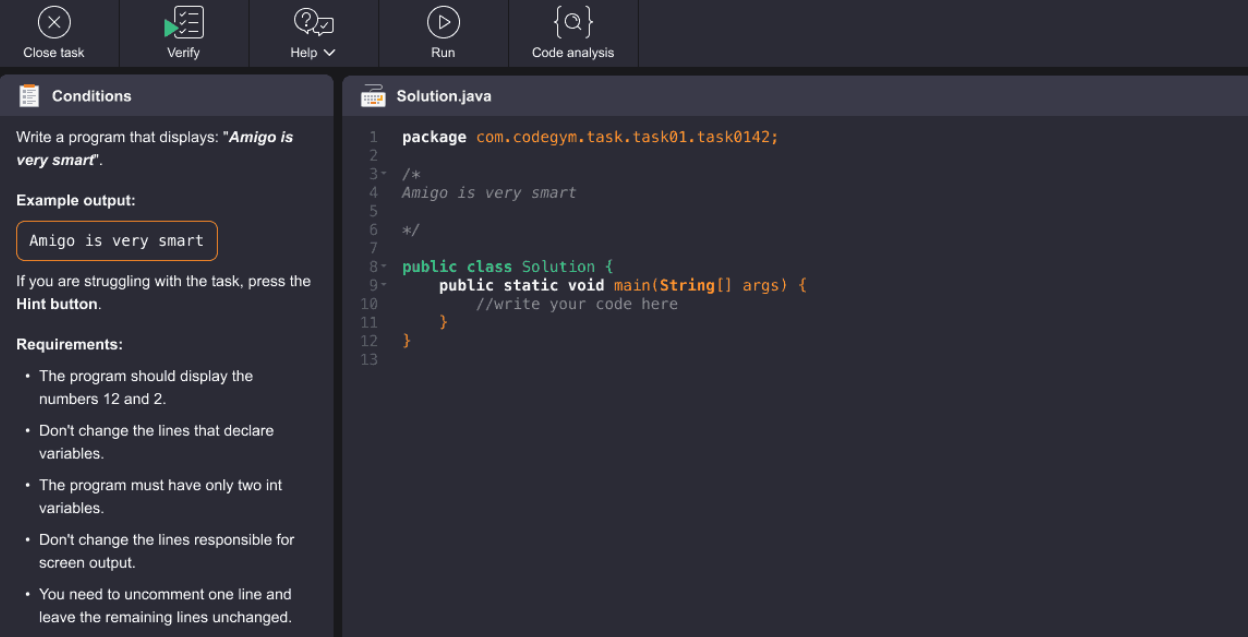
Street Art in Latin America: How Graffiti Is Transforming Urban Spaces
- Feb 03, 2025
- | 26
Street art has evolved from simple expressions of rebellion to powerful visual statements, especially in Latin America. Over the last few decades, graffiti has become a significant part of urban culture, transforming cityscapes and reflecting the pulse of society. Latin American artists and painters have played a major role in shaping this unique movement.
Urban Canvases for Social Commentary
In cities like São Paulo, Mexico City, and Buenos Aires, walls are canvases for artists and painters who bring their messages to the streets. Graffiti is not just about making a city more beautiful; it is about sending messages. These artworks often reflect struggles, hopes, and dreams of the people. The murals in these cities are not only artistic expressions but also social commentaries. They tell the world about the local communities, their history, and the issues they face.
From Rebellion to Recognition
Many artists started as rebels, using the street as their canvas to fight against social injustices and political corruption. Over time, street art has gained recognition and respect, transforming into a form of professional art. The bold colors and large-scale designs bring life to dull urban spaces. Graffiti now competes with traditional forms of art in galleries, with Latin artists and painters being celebrated worldwide for their distinctive styles.
The Impact of Street Art on Local Communities
The transformation of urban spaces in Latin America through graffiti goes beyond just decoration. It has become an essential part of the culture, creating an open-air art gallery for everyone to enjoy. The combination of art and activism has allowed local communities to reclaim their spaces and make their voices heard. Murals often cover whole buildings, making public art accessible to all.
Revitalizing Neighborhoods with Colorful Murals
The impact of graffiti can be seen in neighborhoods that once felt forgotten. In places like Valparaíso, Chile, or Medellín, Colombia, murals have breathed new life into entire districts. These vibrant works have drawn tourists and boosted the local economy. As people travel from around the world to see these masterpieces, the value of street art continues to grow.
Graffiti as a Voice for the People
Street art in Latin America is not just about style; it is about giving a voice to the people. Whether it’s a mural about political freedom or a piece representing indigenous culture, graffiti in Latin America speaks louder than words ever could. The work of Latin artists and painters continues to shape the streets, and their influence will remain as long as the walls stand.
In Summary
Through street art, cities in Latin America have turned their urban spaces into powerful, colorful expressions of life. It is a beautiful and bold movement that continues to inspire the world.




